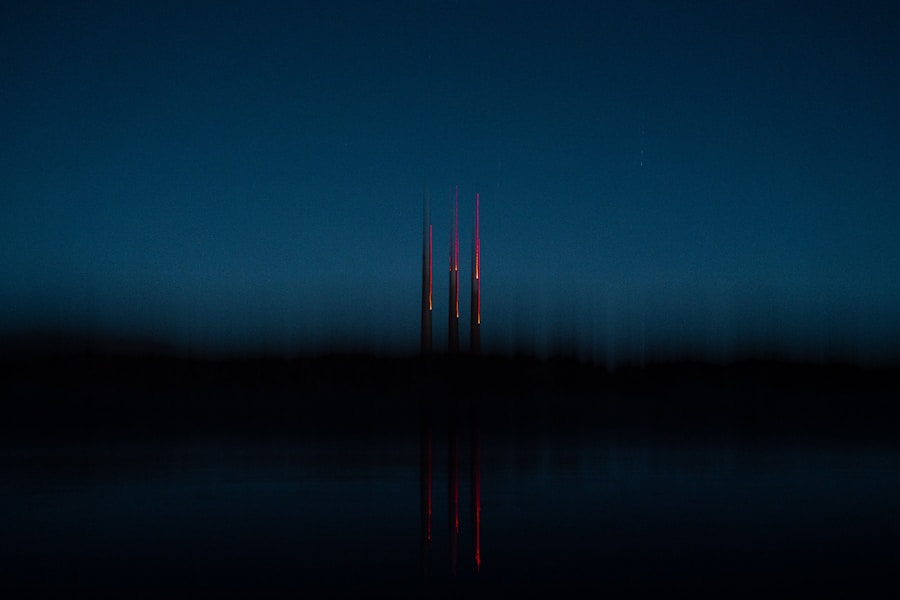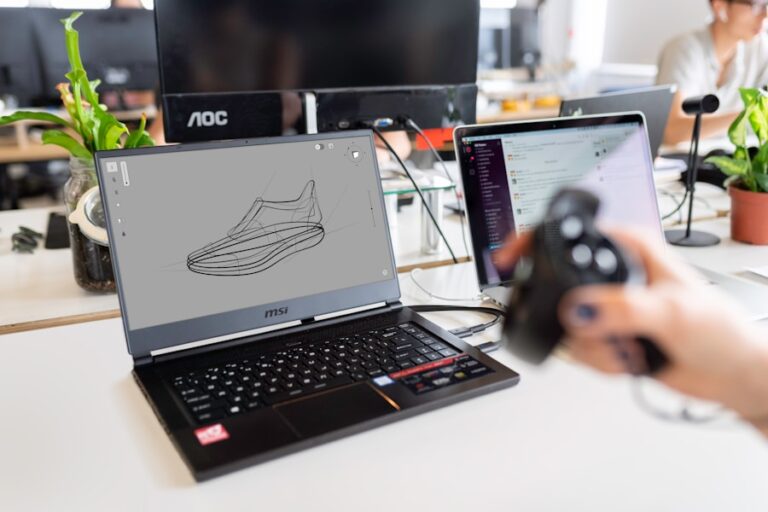Digital Art 101: A Comprehensive Guide to Mastering the Fundamentals
Digital art is a form of artistic expression that utilizes digital technology as a medium for creating artwork. It encompasses a wide range of artistic styles and techniques, including digital painting, digital drawing, 3D modeling, and digital photography. Unlike traditional art forms, digital art is created using electronic devices such as computers, tablets, and smartphones, as well as specialized software and tools. This allows artists to manipulate and transform their artwork in ways that were previously impossible with traditional media.
One of the key advantages of digital art is its versatility and flexibility. Artists can easily experiment with different styles, colors, and compositions without the need for physical materials or extensive cleanup. Additionally, digital art allows for easy sharing and distribution through online platforms, making it accessible to a global audience. As technology continues to advance, digital art continues to evolve and expand, offering endless possibilities for creative expression.
Tools and Software for Creating Digital Art
Creating digital art requires the use of specialized tools and software that are designed to facilitate the artistic process. Some of the most popular tools for digital art include graphic tablets, stylus pens, and drawing software such as Adobe Photoshop, Corel Painter, and Procreate. These tools allow artists to create digital paintings and drawings with precision and control, mimicking the experience of traditional media while offering additional features and capabilities.
In addition to drawing and painting software, 3D modeling software such as Blender and Autodesk Maya are essential for creating three-dimensional digital art. These programs enable artists to sculpt and manipulate virtual objects, characters, and environments, opening up new possibilities for creative expression. Furthermore, digital photography software such as Adobe Lightroom and Capture One provide powerful editing tools for enhancing and manipulating digital photographs. With the right tools and software, artists can unleash their creativity and bring their artistic visions to life in the digital realm.
Fundamentals of Composition and Design in Digital Art
Composition and design are fundamental aspects of creating compelling and visually appealing digital art. Composition refers to the arrangement of elements within a piece of artwork, including the placement of objects, shapes, colors, and textures. Design encompasses the overall aesthetic and visual structure of the artwork, including the use of lines, shapes, balance, contrast, and rhythm. Understanding these principles is essential for creating artwork that effectively communicates the artist’s intended message or emotion.
One of the key principles of composition in digital art is the rule of thirds, which involves dividing the canvas into nine equal parts using two horizontal and two vertical lines. Placing key elements along these lines or at their intersections can create a sense of balance and visual interest. Additionally, understanding color theory and how different colors interact with each other is crucial for creating harmonious compositions. By mastering these fundamentals of composition and design, artists can create digital art that captivates and engages viewers.
Exploring Different Styles and Techniques in Digital Art
Digital art encompasses a wide range of styles and techniques that artists can explore and experiment with. Some popular styles of digital art include digital painting, which involves using digital brushes to create realistic or stylized paintings, and digital drawing, which allows artists to create detailed illustrations using digital tools. Additionally, 3D modeling and animation are popular techniques for creating three-dimensional artwork and visual effects.
In addition to traditional styles, digital art also allows for the exploration of new and innovative techniques such as generative art, which involves using algorithms to create dynamic and interactive artwork. Mixed media techniques that combine traditional and digital elements are also gaining popularity, allowing artists to blend different mediums and textures in their artwork. By exploring different styles and techniques in digital art, artists can push the boundaries of creativity and develop their own unique artistic voice.
Color Theory and Digital Art: Mastering the Use of Color
Color theory plays a crucial role in creating impactful and visually appealing digital art. Understanding how different colors interact with each other can help artists create harmonious compositions that evoke specific emotions or moods. The color wheel is a fundamental tool for understanding color relationships, with primary colors (red, blue, yellow), secondary colors (orange, green, purple), and tertiary colors (a combination of primary and secondary colors) forming the basis of color theory.
In addition to understanding color relationships, artists must also consider the psychological effects of color when creating digital art. Warm colors such as red, orange, and yellow are often associated with energy, passion, and warmth, while cool colors such as blue, green, and purple evoke feelings of calmness, tranquility, and serenity. By mastering the use of color in digital art, artists can effectively convey their intended emotions or messages through their artwork.
Digital Painting and Drawing: Tips and Tricks for Beginners
Digital painting and drawing require a different approach compared to traditional media, but with practice and dedication, beginners can quickly master these techniques. One key tip for beginners is to familiarize themselves with the various brushes and tools available in their chosen drawing or painting software. Experimenting with different brush settings such as size, opacity, and pressure sensitivity can help artists achieve a wide range of effects and textures in their artwork.
Another important tip for beginners is to practice regularly and seek inspiration from other artists. By studying the work of established digital artists and practicing different techniques, beginners can develop their skills and find their own unique style. Additionally, seeking feedback from peers or joining online communities can provide valuable insights and encouragement for aspiring digital artists. With dedication and perseverance, beginners can overcome the initial learning curve of digital painting and drawing to create stunning artwork.
Sharing and Showcasing Your Digital Art: Building an Online Presence
Once artists have created their digital artwork, it’s important to share and showcase their work to a wider audience. Building an online presence through social media platforms such as Instagram, Twitter, and Facebook can help artists connect with fellow creatives and potential clients. Creating a professional portfolio website or online gallery is also essential for showcasing a curated selection of artwork in a polished and accessible format.
Engaging with online communities such as art forums or digital art groups can provide valuable networking opportunities and exposure for artists’ work. Participating in online challenges or collaborations can also help artists gain visibility within the digital art community. Additionally, seeking out opportunities for exhibitions or art fairs can provide offline exposure for digital artists looking to expand their reach.
In conclusion, digital art offers endless possibilities for creative expression through its versatile tools and techniques. By mastering the fundamentals of composition, design, color theory, painting, drawing, and showcasing their work online, artists can unleash their creativity in the digital realm. With dedication and practice, aspiring digital artists can develop their skills and build a successful career in this exciting and evolving field.





